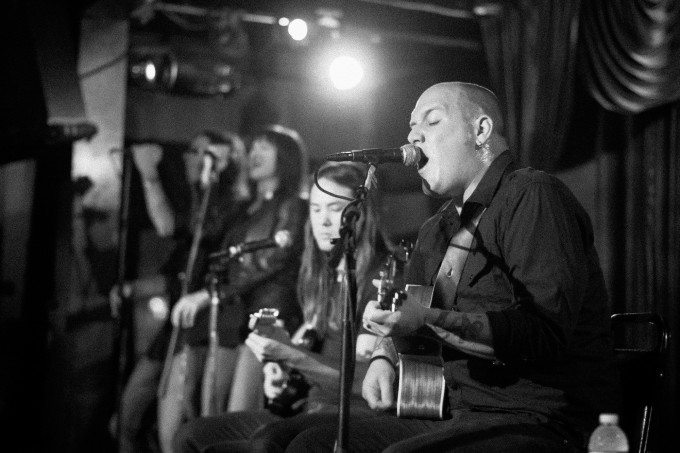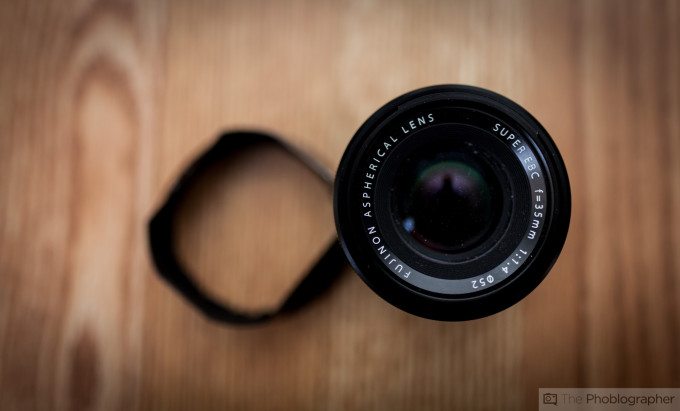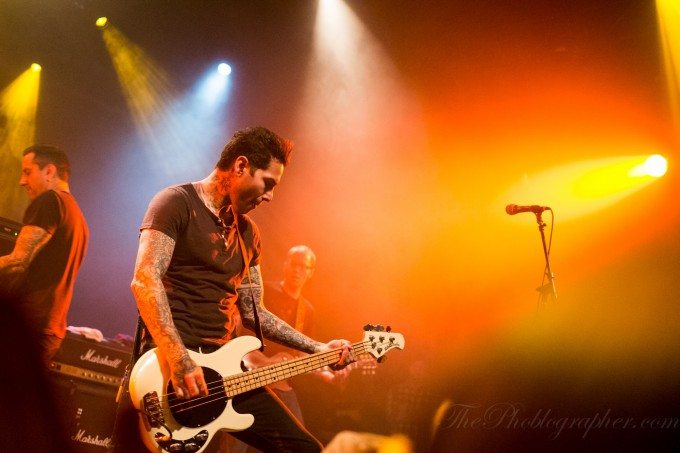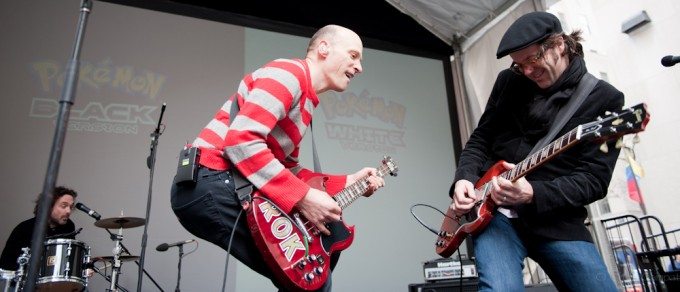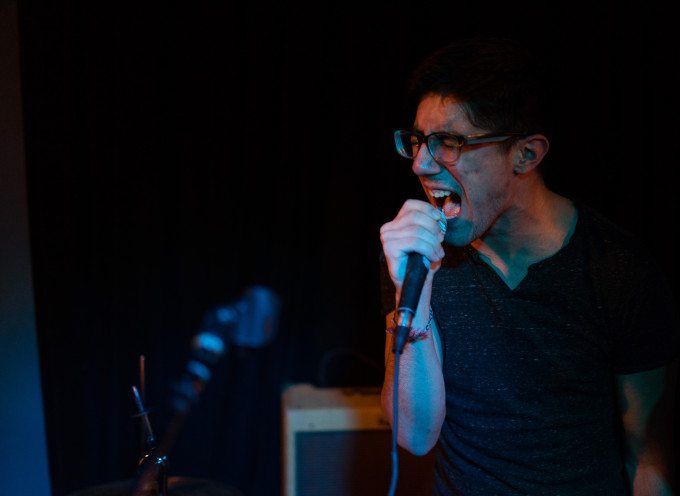When you’re starting out as a concert photographer, you should know one thing first and foremost: you’re probably not going to get paid a lot of money or even at all. And you’ll be doing this mostly for the thrill and the experience until you can network your way to the top. Once you’ve accepted this fact, then you’ll be able to move onto the other aspects that are very important to the creation of concert photographs.
And as you’re first starting out, here are a couple of tips that can help you.
Get As Close To the Stage As You Can
Shooting from really far away isn’t going to help you out very much unless you have a long telephoto lens of some sort. So you should try to arrive early and either talk to the venue or the bands to see just how close you can get to the stage. Our recommendation is to get as close to the stage as you can really get in order to capture a wide variety of emotions, moments, and even portraits.
Shoot Semi-Wide to Normal Focal Lengths
Then there’s your equipment. For what it’s worth, we recommend shooting at around the 35mm to 85mm (maximum) focal lengths. A 50mm lens can afford you quite a bit of versatility when you want to go from shooting the front man to the drummer. Depending on where you position yourself, it can also help you get a great vantage point to capture crowd/band interaction and other really intense moments.
Also note that once you take a spot, chances are that you probably won’t get to move around often so you’ll be stuck there. With that said, realize that there will totally be moments that you can’t get no matter how hard you try. This is an instinct that lots of budding shooters need to fight.
Fast Aperture Lenses Are Key
While some pros may tell you to go for f2.8 zoom lenses, we believe that f2.8 is too slow an aperture for many sessions in dark clubs that have the lights changing up every couple of seconds. The lack of reliable lighting can not only mean that your exposures won’t always be spot on but your focus may also be off at times. For those moments, we recommend shooting at f1.4 or stopped down a tad to f2. Combine this with the fact that you’re shooting a 50mm or 35mm lens and you’ll most likely have enough in focus due to the way that depth of field and lenses works despite being wide open or stopped down a bit.
Go for the Intimate Moments
One of the fundamental pillars of photojournalistic shooting is that you need to go for the intimate moments involving emotion. A concert provides for a lot of those whether it’s members of the crowd getting really into the music or its crowd/band interaction, stage diving, or moments between the band members synergizing on stage. These moments, if framed properly, can create some radical images.
Be Predictive of Movements
Lastly, the most important thing that you could do is learn to predict movements and read the body language of the band members. Basically, if you see the moment in your viewfinder, chances are that it’s already gone and you missed the shot. So to prevent that from happening, you’ll need to learn to anticipate and pay lots of attention.
And on top of that, don’t chimp your LCD display to check and delete images. It’s a critical time that you can miss something.



